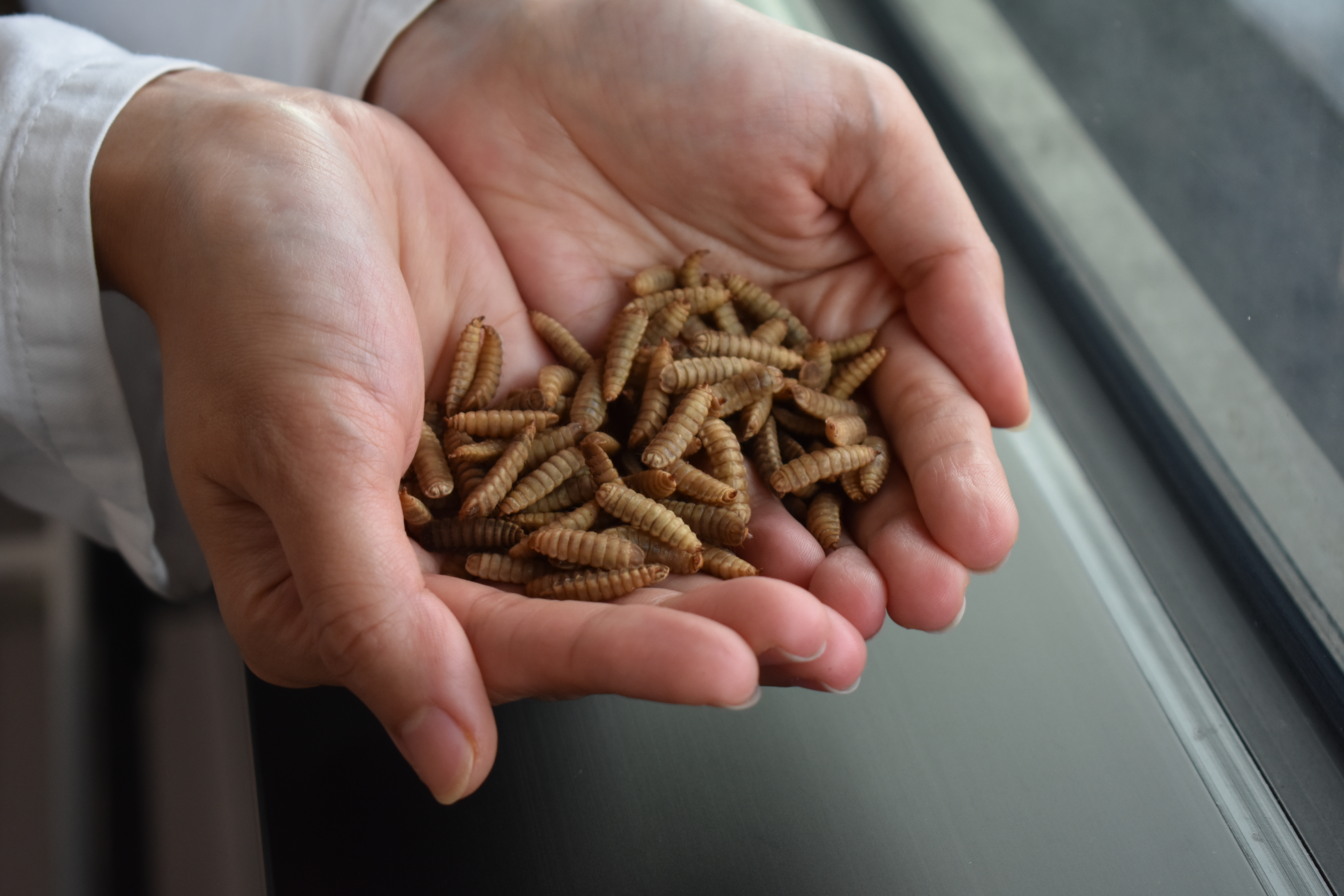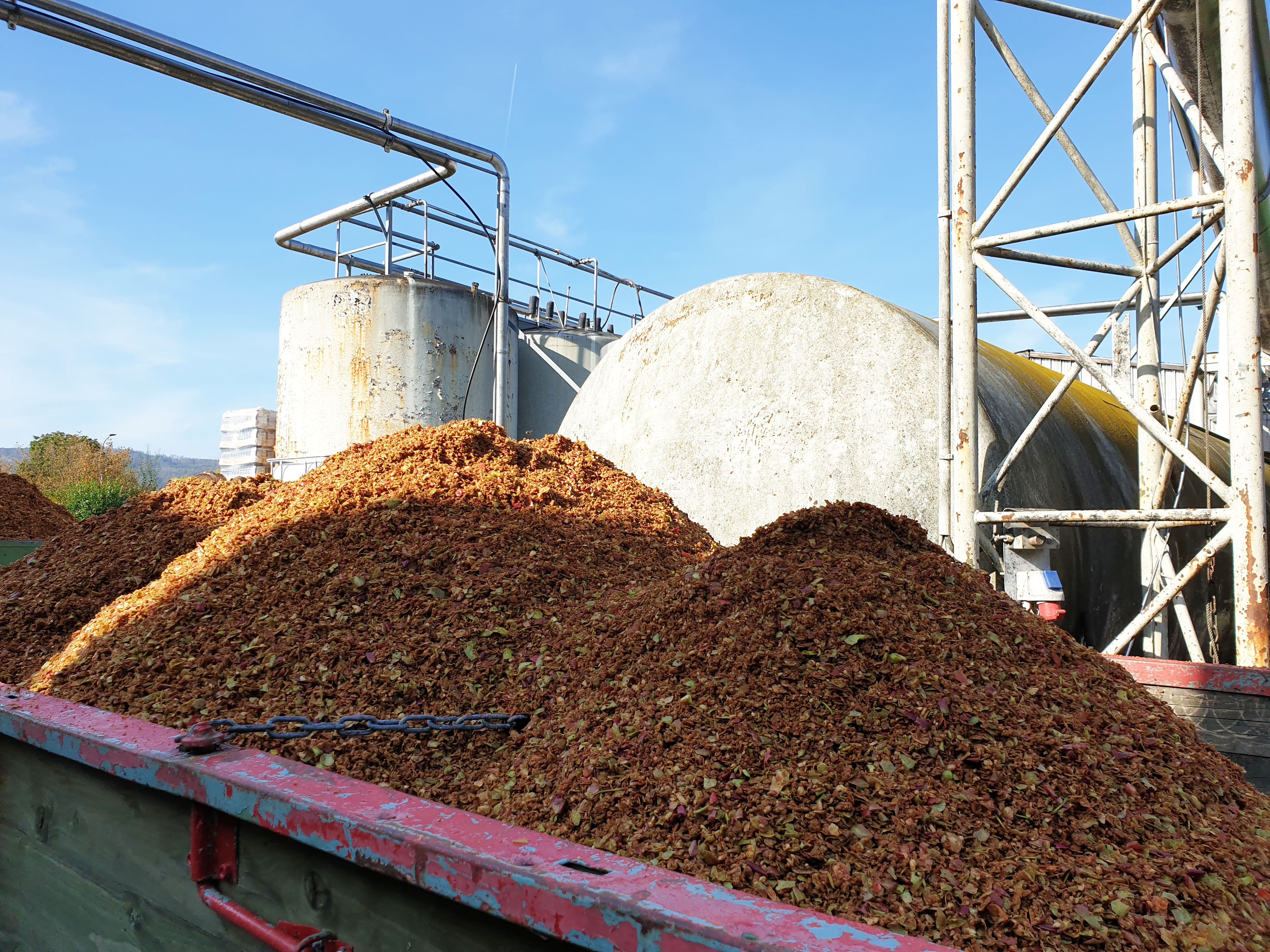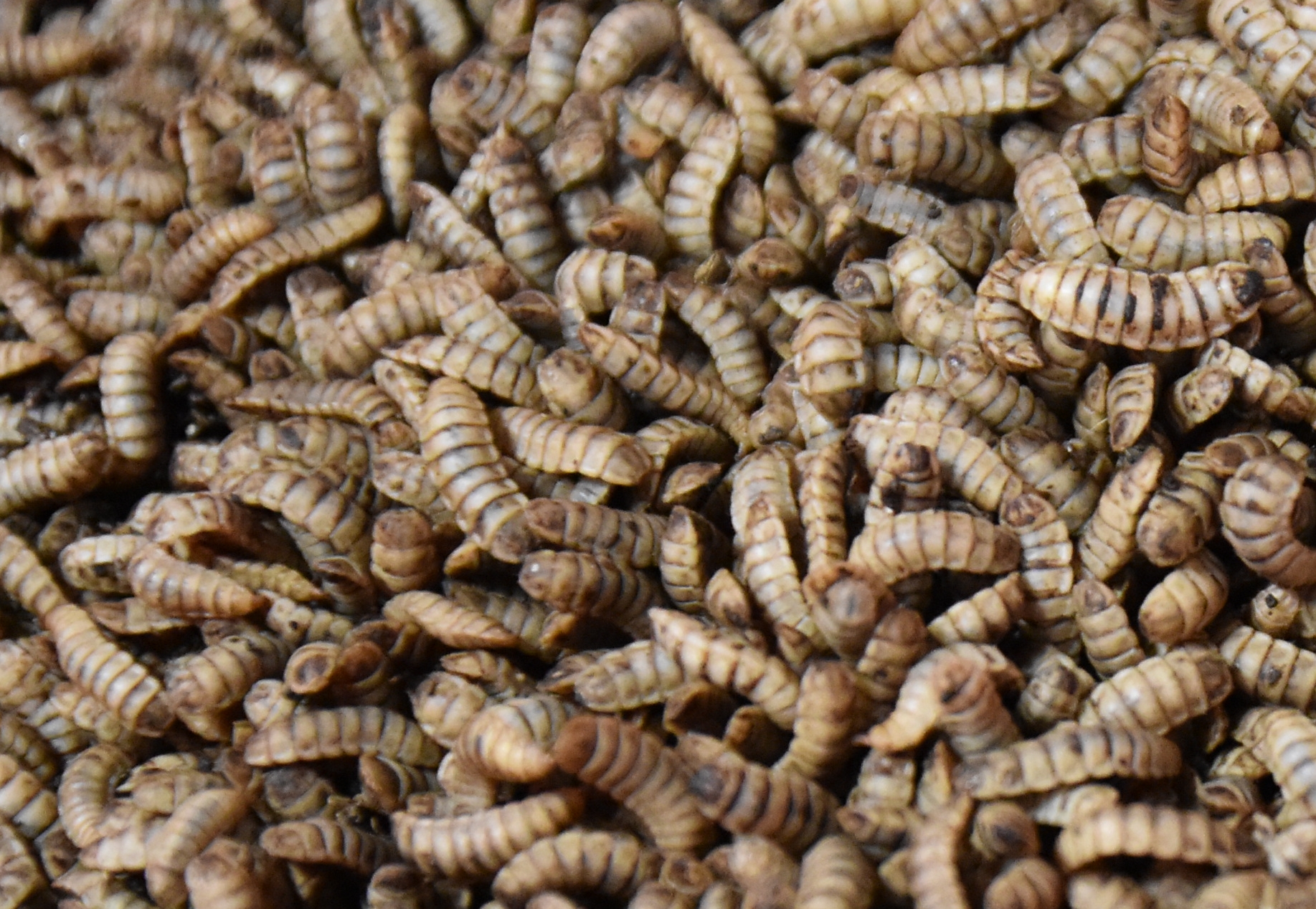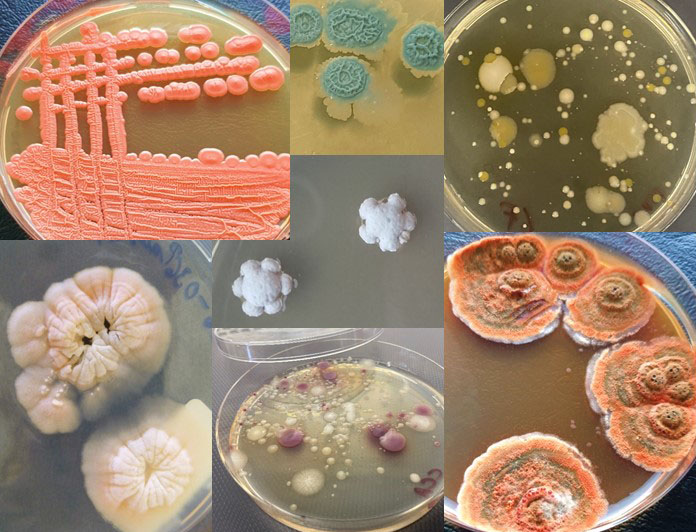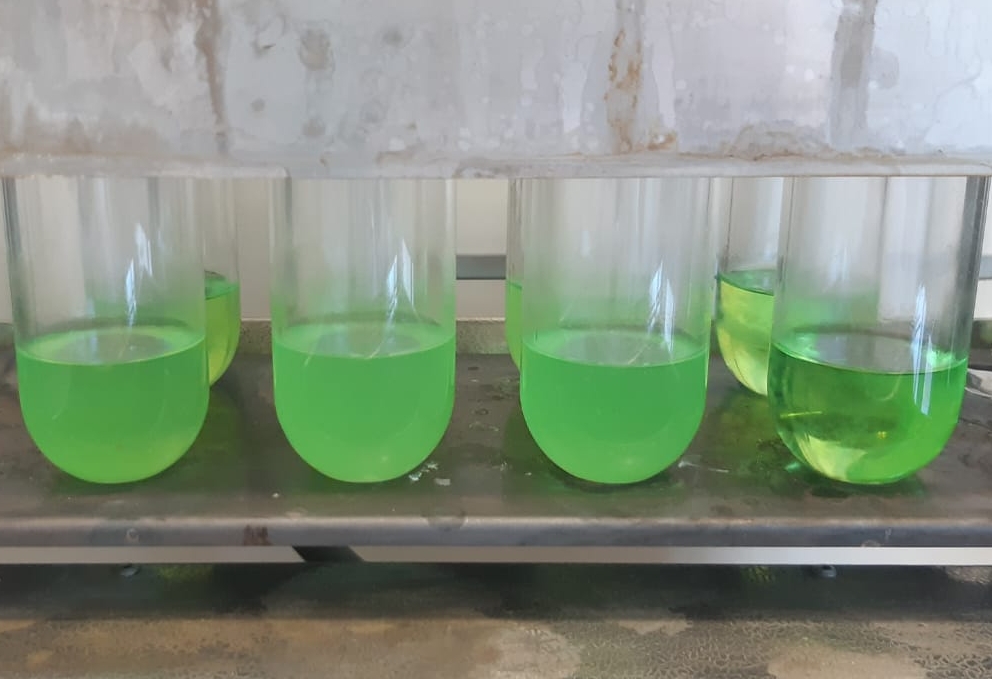Your challenges
Increasing awareness of the economic and ecological consequences of conventional agriculture, coupled with a steadily growing world population, calls for the development of alternative food, feed and fertilisers.
One of the biggest problems in livestock farming and aquaculture is the use of feedstuffs such as soya and fishmeal, which contribute to the deforestation of rainforests and overfishing of the oceans. For these reasons, insects are currently being developed as an alternative food and feedstuff. However, the economic competitiveness of insects is severely limited by the availability of cheap insect feed and calls for better utilisation of residual materials and side streams from industry and agriculture.
Food production is particularly dependent on the availability of mineral fertilisers. Due to high energy prices and limiting resources such as phosphate, the use of mineral fertilisers is becoming increasingly expensive. It also contributes to the emission of nitrogen oxides and the leaching of nitrate into aquatic ecosystems. Therefore, alternatives in the form of organic fertilisers are increasingly needed for agriculture.
 Fraunhofer Institute for Molecular Biology and Applied Ecology IME
Fraunhofer Institute for Molecular Biology and Applied Ecology IME